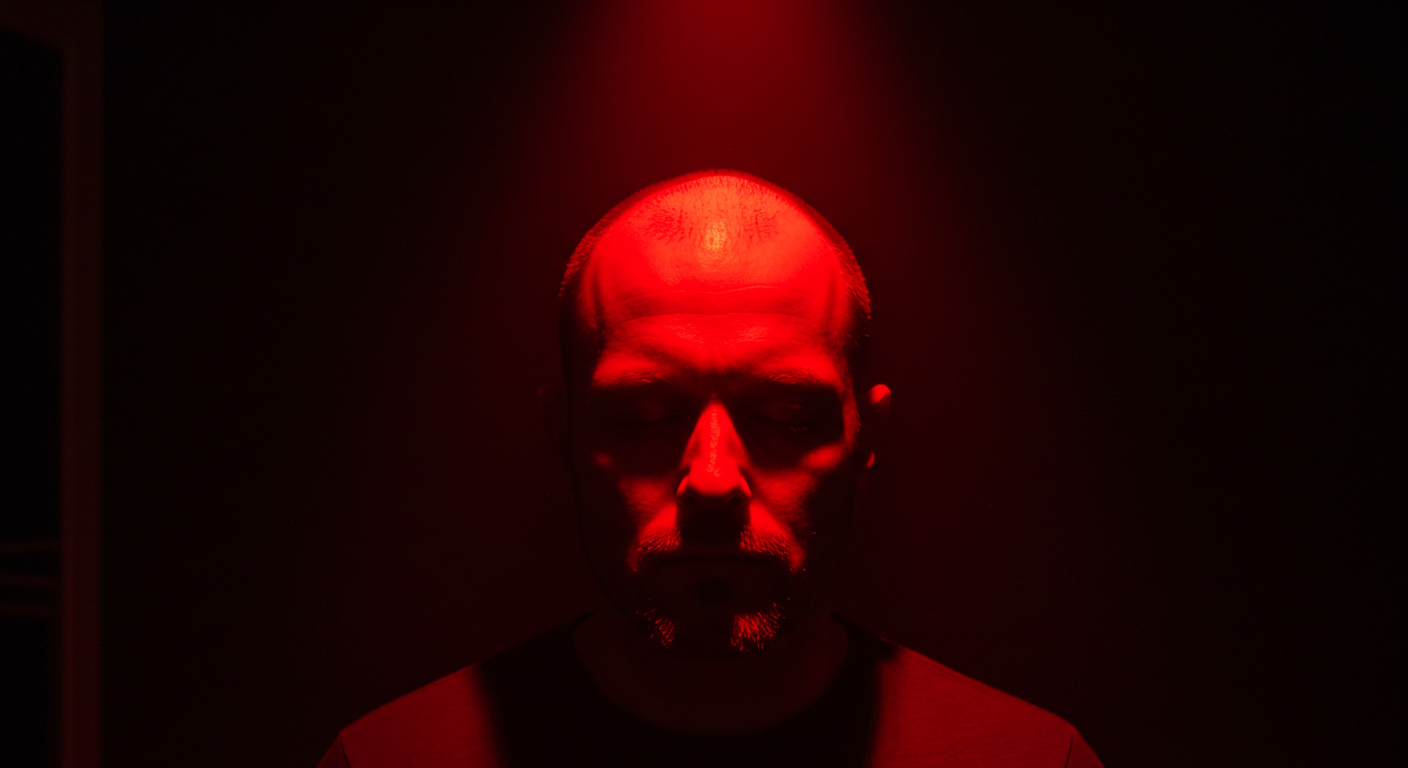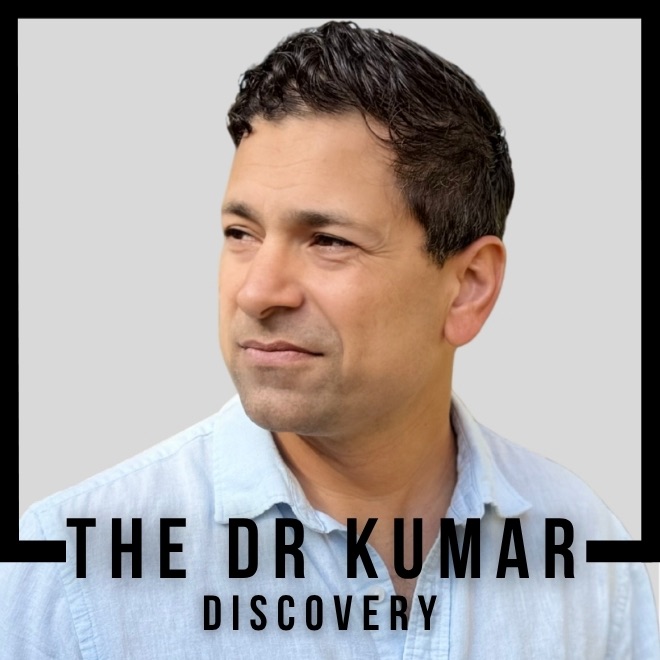Dr. Kumar’s Take:
Low-Level Light Therapy (LLLT) has emerged as a promising, non-invasive treatment for androgenetic alopecia (AGA). This study highlights LLLT’s ability to stimulate hair follicle regeneration, increase hair density, and enhance hair growth. While it does not replace standard treatments like minoxidil or finasteride, it presents a viable alternative for those seeking non-pharmaceutical options.
Brief Summary:
The study examines the effects of LLLT on individuals with AGA, focusing on its ability to stimulate hair follicles through photobiomodulation. LLLT employs wavelengths between 650-950 nm to penetrate the scalp and activate mitochondrial processes in hair follicle stem cells. This mechanism helps shift hair follicles from the resting (telogen) phase to the growth (anagen) phase, thereby promoting hair regrowth.
Key Takeaways:
✔ LLLT is a safe, FDA-approved therapy for Androgenetic Alopecia.
✔ Clinical studies show increased hair density and thickness with consistent use.
✔ It works by stimulating mitochondrial activity and promoting follicular regeneration.
✔ LLLT is most effective when combined with other treatments like minoxidil or finasteride.
✔ Home-use devices such as laser combs and helmets are widely available.
Study Design:
The study reviewed 163 clinical trials on LLLT and AGA, narrowing down to 15 studies that were most relevant. These included:
- Five studies on comb devices
- Four studies on helmet/cap devices
- Randomized controlled trials (RCTs) to evaluate efficacy
Subjects received LLLT treatments 3 times per week for 15–25 minutes per session over periods ranging from 16 to 26 weeks. The primary endpoints included hair density, hair shaft thickness, and patient-reported satisfaction.
Results:
✔ Hair density increased significantly across multiple studies.
✔ Anagen (growth phase) hair count improved, while hair shedding decreased.
✔ Patients using LLLT in combination with minoxidil and finasteride had the best results.
✔ LLLT was well-tolerated, with minimal adverse effects.
✔ The best results were observed in early-stage AGA patients (Hamilton-Norwood III-IV, Ludwig I-II).
How LLLT Works for Hair Growth:
LLLT stimulates hair growth through multiple mechanisms:
- Increases ATP production, providing energy for cellular repair and regeneration.
- Reduces inflammation, which may contribute to hair follicle miniaturization in AGA.
- Modulates reactive oxygen species (ROS) to promote cell proliferation.
- Activates Wnt/β-catenin and ERK signaling pathways, crucial for hair follicle growth.
- Stimulates hair follicle stem cells in the bulge region, prompting new hair production.
Related Studies and Research
Low-level light therapy is one of several innovative approaches for androgenetic alopecia. For a broader perspective, explore:
- Androgenetic Alopecia Treatments: A Comprehensive Review – An in-depth look at all major treatment options.
- Microneedling and Hair Regrowth: A Synergistic Approach – How microneedling may enhance the effects of light therapy.
- Minoxidil, Finasteride, and Dutasteride: Pharmacological Interventions – A comparison of the most researched pharmaceutical treatments.
- Saw Palmetto and Hair Growth: Can Natural DHT Blockers Work? – Exploring plant-based alternatives to pharmaceutical interventions.
Frequently Asked Questions:
How long does it take to see results with LLLT?
Patients generally begin noticing changes within 8-12 weeks, with optimal results seen after 6 months of consistent use.
Are there any side effects of using LLLT?
LLLT has a strong safety profile. The most common side effect is temporary increased hair shedding in the first 1-2 months as hair transitions into the growth phase.
Can women use LLLT for hair loss?
Yes, LLLT is FDA-approved for both male and female pattern hair loss. Studies show similar efficacy in women with Ludwig I-II pattern hair loss.
How does LLLT compare to prescription treatments?
While minoxidil and finasteride remain the gold standard for AGA treatment, LLLT provides an effective non-drug alternative. It works best when used in combination with these treatments.
Conclusion:
Low-Level Light Therapy (LLLT) represents a safe and promising treatment option for androgenetic alopecia. While it does not replace traditional medications, it offers a viable non-invasive alternative, particularly for those who experience side effects from pharmaceutical treatments. The evidence suggests LLLT can improve hair density and growth when used consistently over several months. Combining LLLT with minoxidil or finasteride may yield the best outcomes for individuals seeking comprehensive hair restoration solutions.


